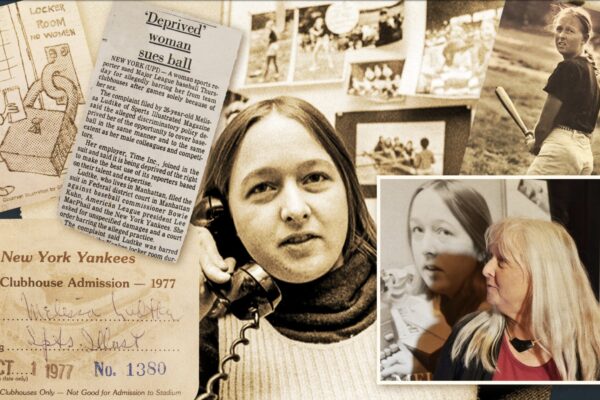The stories usually had to do with work. Of course they did. For Steve Ellis seemed to be in a perpetual state of work.
He documented the dramatic rise of the Florida State Seminoles for the Tallahassee Democrat, not just with distinction, but with a relentless attention to detail that was rarely seen in the pre-digital, 24/7 era. Now that I think about it, Steve Ellis may have invented 24/7 college football coverage. If not, he may have come very close to perfecting it.
Don’t think so? His friend Mark Anderson, now of the Las Vegas Review-Journal, recalled Monday morning that Ellis spent part of his honeymoon finishing and filing a Florida State notebook.
“I don’t recommend that, by the way,” Anderson said, and there was a room full of laughter.
If only his friend could have shared in that laughter.
Ellis died more than seven years ago, at the age of 54, after suffering a heart attack. Another work story: Even as Ellis was in the hospital, he was reporting a story about former Florida State defensive coordinator Mickey Andrews.
On Monday, for the first time, the Football Writers Association of America annual award for outstanding beat reporting was named for Ellis. When the 76-year-old organization approaches its centennial season, regardless of what the sports journalism industry looks like then, another generation of talented, committed young reporters will learn about someone whose work stopped appearing much too soon.
“He did what he did because he loved it so much,” his wife, Karen Ellis, said.
His arrival on the Florida State beat became an abrupt, and sometimes confrontational, transition in a place that had once been known for much more supportive, forgiving coverage. Former Seminole coach Bobby Bowden, unaccustomed to this new type of scrutiny and urgency, was heard to say, “Dadgumit!” more than a few times. But Bowden, to his credit, came to understand that the popularity of college football was entering a new era of unprecedented exposure, and the scrutiny was just part of the deal.
My admiration extends beyond Ellis’ professional commitment and the quality of his work. There is this odd, often-awkward mating dance that takes place when a high-profile college football team attracts nationwide attention. National reporters parachute in, searching for instant insight and understanding that can help them produce stories that justify the expense of the trip. Local reporters, wary of an outsider that might come across valuable information and agitate the boss, can become protective of their turf.
As a competitor, the thought of Steve Ellis on Twitter makes my head hurt.
I became a regular in Tallahassee as The New York Times grew more interested in the Seminoles. For a long while, the Florida State-Miami game was the first one I would circle on my autumn calendar. Years before the high energy of the digital era, the week-long buildup to the No. 1 vs. No. 2 Florida State-Notre Dame game at South Bend in 1993 remains as electric as any matchup in the modern era.
With all that going on, although Ellis was as competitive as anyone in the press box, he was always willing to volunteer just enough information to allow an outsider to think he or she actually knew what was going on. He was a consultant for distant reporters. He was a mentor for students. “He was honest with them,” Karen Ellis said. “He said, ‘It’s a tough job. You’re not going to make a lot of money, but if you love it, go for it.’”
She is already thinking about becoming part of the next presentation, a year from now in Atlanta, on the morning of another championship game. For one former occupant of the press box in Doak Campbell Stadium, there is just one wish: When we gather to celebrate the work of another gifted reporter, there’s some way that Bobby Bowden – Dadgumit! – can be in that room to offer one more story, one more laugh, one last quote for Steve Ellis.
By Malcolm Moran | @malcolm_moran


